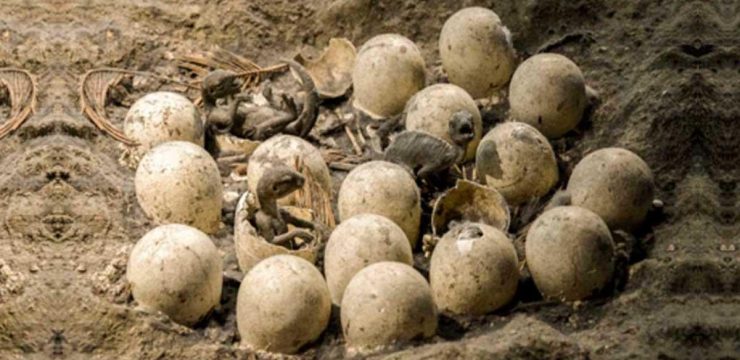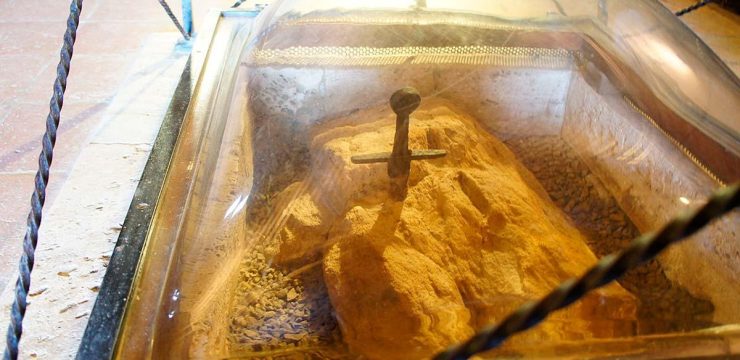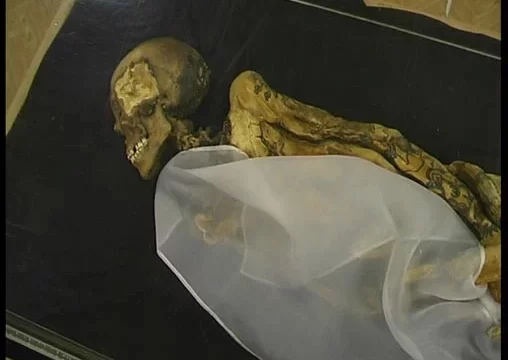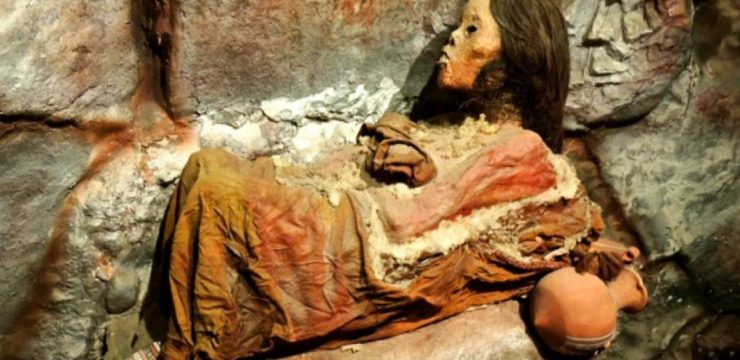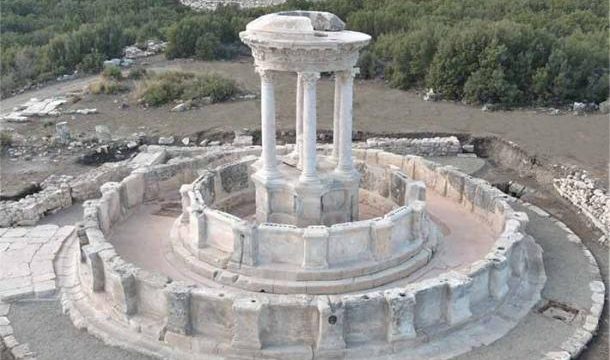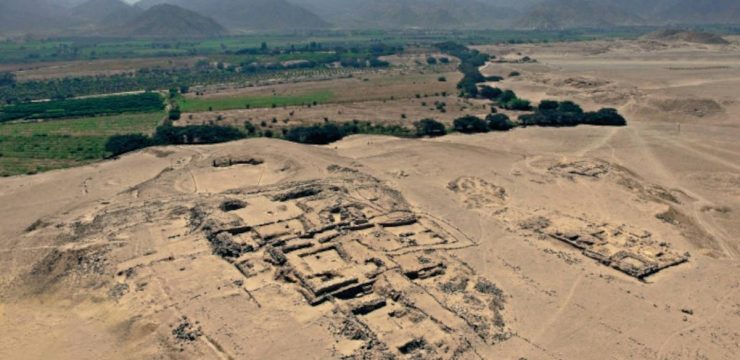For decades, the study of ancient Sumerian tablets has captivated archaeologists, historians, and truth-seekers across the globe. These artifacts—etched with symbols and narratives far ahead of their time—speak of the Anunnaki, a mysterious race of giant extraterrestrial beings said to have visited Earth hundreds of thousands of years ago. According to Sumerian mythology, the Anunnaki weren’t merely visitors—they were creators. They are believed to have engineered the human race by combining their advanced DNA with that of early hominids, ultimately producing a workforce capable of mining Earth’s rich supply of gold and precious minerals.

This theory, while controversial, has never completely disappeared from the conversation surrounding human origins. In fact, interest in the Anunnaki has only grown in recent years as researchers revisit ancient texts with modern perspectives and technologies. Still, despite numerous small discoveries over time—figurines, carvings, and anomalous texts—solid, irrefutable proof of the Anunnaki’s presence on Earth has remained out of reach. That is, until an astonishing archaeological breakthrough surfaced and reignited the debate.
In an unexpected and groundbreaking turn of events, a team of international researchers working in Iran has uncovered what appears to be a 12,000-year-old tomb unlike any previously found. What sets this site apart is not just its age or the artifacts it contains—but the possibility that it could be the first physical evidence of an actual Anunnaki burial. The tomb, located in a remote and tightly guarded area of northern Iran, was discovered beneath layers of sediment and ancient stone structures previously thought to be natural formations.
From the moment excavation began, the team knew they had stumbled upon something extraordinary. Preliminary analysis of the site, verified by experts in ancient Mesopotamian history, confirmed that the artifacts and design patterns matched known Sumerian symbology. However, the centerpiece of the find was what truly sent shockwaves through the global archaeological community: a perfectly preserved humanoid figure over eight feet tall, encased in a crystalline sarcophagus. The being appeared to be in a state of deep stasis, with facial features, muscle structure, and even clothing intact—an unprecedented level of preservation for a tomb of this age.
Initial forensic tests performed on the body suggest that its DNA structure contains sequences not found in any known human genome. This revelation, still undergoing peer review, has led many to speculate whether this being could indeed be a member of the elusive Anunnaki. Though it’s too early for definitive conclusions, the implications of such a discovery are staggering. If proven true, it would rewrite not only the history of human evolution but also our understanding of civilization’s earliest roots.
The excitement isn’t limited to academia. High-ranking officials from various countries, including cultural heritage ministries and scientific advisory boards, have publicly acknowledged the importance of the find. In carefully worded statements, they’ve stressed the need for continued research and international collaboration, but their tone reveals a growing awareness that this could be one of the most transformative archaeological discoveries of the modern era.
Within the tomb, researchers found other intriguing items—inscribed metal plates, crystal spheres, tools made from unknown alloys, and fragments of what might be early forms of advanced technology. Some tablets found alongside the tomb contain inscriptions that, when translated, seem to echo passages from known Sumerian mythology, further linking the site to the Anunnaki legend. While skeptics urge caution, even they admit the discovery challenges many of the assumptions that have long guided mainstream archaeology.
The academic world finds itself at a crossroads. On one hand, the scientific method demands careful verification, repeated testing, and a commitment to skepticism until all facts are confirmed. On the other, the evidence piling up at the Iranian site is difficult to dismiss. From an anthropological perspective, the tomb provides an unprecedented opportunity to explore the cross-section of myth and history, legend and fact. How much of what we’ve labeled as “mythology” might actually be rooted in historical truth?
For researchers, the journey has only just begun. Advanced scanning techniques, isotopic dating, and genetic analysis will play a key role in the months and years ahead. New questions continue to emerge—Who was this being? Were they truly from another world? What was their purpose on Earth? Could there be other tombs like this one hidden beneath the sands of ancient lands?
What is certain is that this discovery has opened a new chapter in the field of archaeology—one filled with both promise and mystery. The implications extend far beyond one tomb or one ancient civilization. This could be the missing link that connects humanity’s fragmented past, offering answers to questions we’ve asked since the dawn of time. It forces us to reconsider long-held beliefs and encourages a more open-minded approach to ancient history.
As the excavation continues and the world watches closely, we stand on the brink of what could be a historical revolution. The Anunnaki tomb may not only confirm the existence of beings once thought mythical—it might also reveal that our ancestors’ stories were more than allegories or symbolic teachings. They may have been records, passed down through generations, of real events witnessed in the distant past.
In the end, whether or not the figure found in the Iranian tomb is confirmed to be an Anunnaki, the discovery has already succeeded in reigniting global curiosity and passion for ancient history. It challenges us to look deeper, question further, and remain ever open to the extraordinary. And in doing so, it reminds us that the true story of human origins may be far more incredible than we ever imagined.
